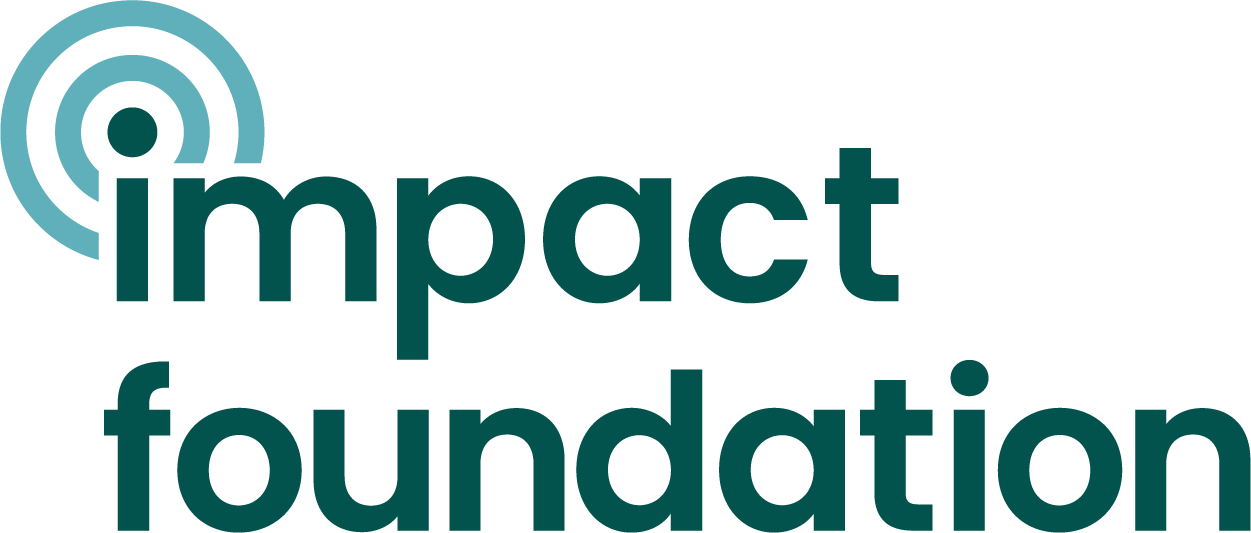
Four Steps to Better Board Planning
By J. Patrick Traynor
The following is excerpted from “Reimagining Board Service: A Practical Blueprint for Building a High Impact Board.” You can purchase a copy here.
Step 1) Determine your planning approach.
Some boards appoint a planning committee composed of three to six board members and staff, which is tasked with ensuring the organization has a defined approach to planning, goal-setting, and reporting of progress. This committee may also set the agenda for an annual planning session, at which strategic questions are discussed regarding where the organization is, where it could be, and how to get there.
Other boards don’t feel it’s necessary to appoint a formal committee but instead rely on organizational leaders to commence the planning process and involve the board at various stages. In either case, what’s most important is that board members and leadership agree on the level of involvement of both parties and clearly understand the ultimate vision of the organization.
Step 2) Determine the current state of each of your programs.
Before you chart your organization’s path toward a bold future, your board needs to fully understand the current state of your programs and each one’s plan (or lack thereof).
To give board members the most context possible, it may be necessary to provide them with a summary of multiple years of background and data on key programs.
This information will ultimately be presented to the board to set the stage for active dialogue as they conceptualize possibilities for the future destination of the organization.
After you’ve identified your current state, it’s time to present this (preferably one-page) report to your board at an annual planning session. Some organizations host planning sessions at a regular board meeting, and some host a special meeting.

Step 3) Prepare and host an annual planning session.
There are many approaches to hosting a planning session, ranging from multi-day retreats to one-hour mini sessions. Above all, a planning session is designed to generate bold ideas and determine the organization’s aim.
Before a planning session is held, the committee should take time to narrow the focus of the session as much as possible. Additionally, the committee should identify which staff members should participate in the annual planning session.
Below are some things to consider:
Internal Considerations
- Do we have the right people in the right roles?
- Do we have the necessary fundraising and revenue capabilities?
- Do we have the right CEO and succession plan in place?
- Do we have any legal or compliance concerns?
- Do we have technology and data-management systems that are reliable and effective?
External Considerations
- Are there opportunities for engagement and partnership with our competitors or others?
- What are the top trends affecting our industry?
- How might government rules and regulations affect our organization?
- Are we prepared for a dramatic economic upturn or downturn?
Other Considerations
- How are our current programs performing?
- Whom do we serve?
- What problem(s) do we solve?
- Do existing programs rise to the level of impact needed for our bold organizational vision?
- Should we consider other opportunities to expand our mission?
- Are we doing enough?
With proper preparation and a strategically selected set of questions, some big goals are likely to emerge from the planning session.

Step 4) Translate goals into actionable priorities.
From there — guided by board dialogue — it’s time for your leadership team to translate the big goals that emerged from the planning session into a few major priorities. It’s been our experience that boards, staff, and organizations spend too much time on the superficial elements of a plan— format, length, design, etc. What’s more important is the substance and clarity of the bold path you’re charting.
Our organization has tried a number of different goals systems, and we have found that planning quarterly priorities fosters a greater sense of urgency and accountability. We recommend staff meet weekly to assess progress, identify barriers, adapt as necessary, and celebrate wins.
